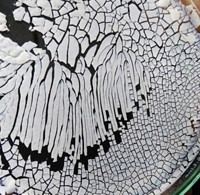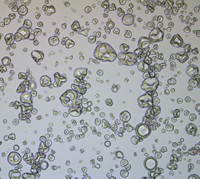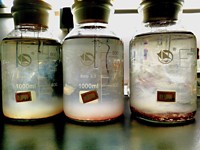Advertisement
Grab your lab coat. Let's get started
Welcome!
Welcome!
Create an account below to get 6 C&EN articles per month, receive newsletters and more - all free.
It seems this is your first time logging in online. Please enter the following information to continue.
As an ACS member you automatically get access to this site. All we need is few more details to create your reading experience.
Not you? Sign in with a different account.
Not you? Sign in with a different account.
ERROR 1
ERROR 1
ERROR 2
ERROR 2
ERROR 2
ERROR 2
ERROR 2
Password and Confirm password must match.
If you have an ACS member number, please enter it here so we can link this account to your membership. (optional)
ERROR 2
ACS values your privacy. By submitting your information, you are gaining access to C&EN and subscribing to our weekly newsletter. We use the information you provide to make your reading experience better, and we will never sell your data to third party members.
Biomaterials
Chemistry In Pictures
Chemistry in Pictures: Mushroom melanin
by Craig Bettenhausen
March 25, 2021

Melanin is a common class of pigments found in nature, including human skin and browning bananas. Isolated, it’s worth more than gold, pound for pound. That’s because despite a lot of potential applications for the material, efforts to economically produce melanin in large quantities by synthesis, fermentation, or extraction have so far failed. Now researchers at Empa, the Swiss Federal Laboratories for Materials Science and Technology, may have found a way to get it by culturing the fungus Armillaria cepistipes. Under the right growth conditions, A. cepistipes will secrete melanin—as shown by the yellow, orange, and brown color colors in the photo above—instead of just hoarding the pigment in its cells. The Empa team says if they can scale up the method, it could enable melanin to be used affordably in dyes, antifungal treatments, and even aquatic lead abatement.
Credit: Empa
Do science. Take pictures. Win money. Enter our photo contest here.





Join the conversation
Contact the reporter
Submit a Letter to the Editor for publication
Engage with us on Twitter